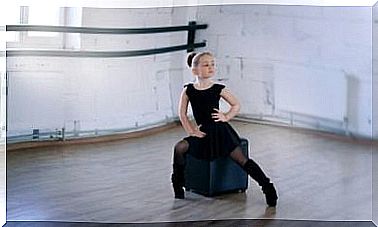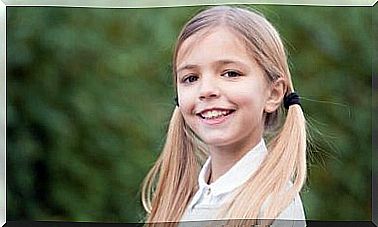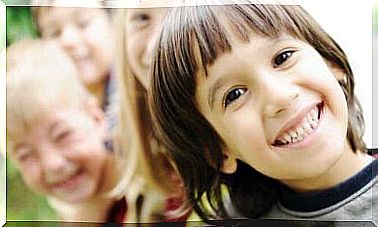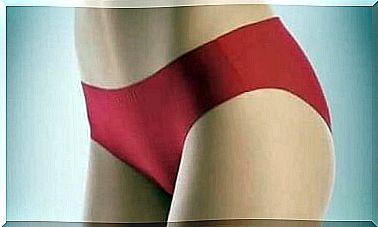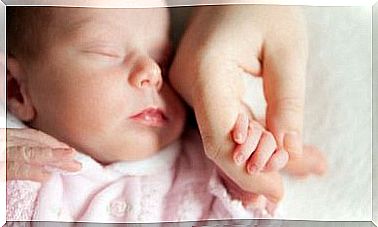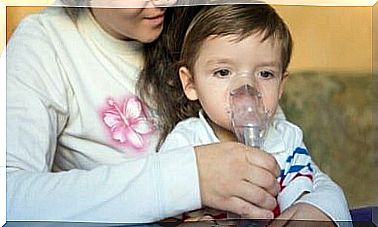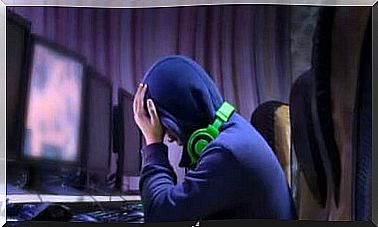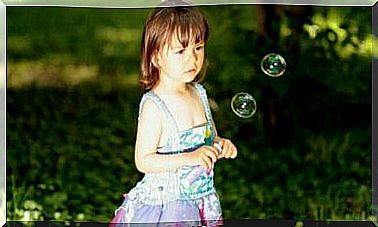How To Train Children’s Motor Skills With Games
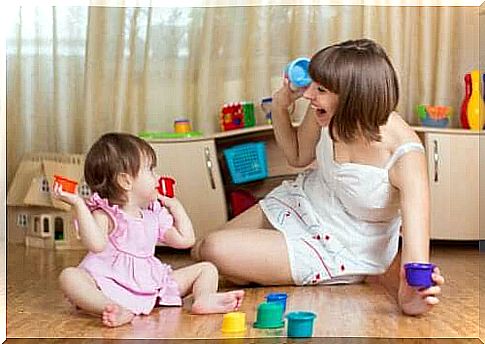
Playful activities that aim to train children’s motor skills are a really good tool. Yet, we tend not to work on this aspect until school age. Starting from this phase we begin to encourage sports practice, but it is done by focusing more on talent and competition than on the complete development of the human being.
Still, motor skills are essential for the correct biological, psychological and social development of the child. For this reason, if we wait for the beginning of school age to work on this aspect, we will only leave really important years in the life of the child in limbo.
What is meant by motor skill development?
The development of motor skills goes through a series of changes that affect a person’s motor skills. Here, step by step, the individual succeeds in making new and different movements successfully. In addition, he gains control of his own body and is able to adapt better to the physical environment and social context.
Motor skills develop practically from birth to adulthood. Yet it is important to know the different evolutionary stages that the child goes through to offer him the most suitable stimuli for each stage. Precisely for this purpose we have grouped the games we are about to offer you, dividing them according to the age of the children for which they were designed.
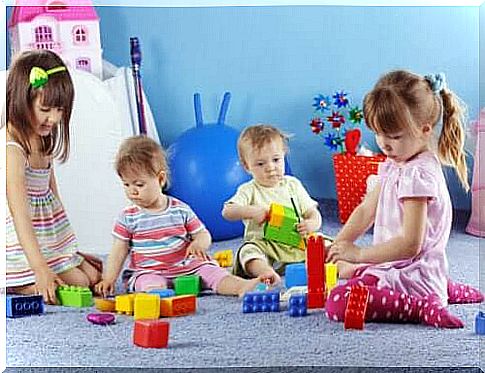
Games to train children’s motor skills
From 3 to 6 months
- Place the child on a rug and place several colored glasses (suitable for him) in front of him. Encourage him to build towers by placing the glasses on top of each other. This simple activity strengthens the child’s fine motor skills and gross motor skills, as well as his coordination.
- Place a piano in the baby’s crib at the height of his feet. This way, when he kicks in while lying down, he will touch the keys and the piano will play. This musical stimulus will strengthen his movements and invite him to continue. This practice-training game promotes gross motor development in young children.
From 6 to 9 months
- From this age on, circuits or “obstacle courses” are particularly effective. The idea is that while crawling, the little one goes through different elements. You can use mats and toy tunnels, but if you don’t have these resources, then use your imagination. For example, you could use cushions to be placed at different heights, or drawers open on both sides. You could also place a toy at the end of the path and encourage the child to advance in that direction. With this activity we will be able to strengthen his ability to crawl and his gross motor skills.
- On the other hand, to train fine motor skills and its grip it seems to be useful to give the little ones building bricks of different shapes and sizes. Remaining seated, the child will have to do is play with them, building towers or stacking them in the way they prefer.
From 9 to 12 months
- On the other hand, to improve fine motor grip and also hand-eye coordination, we can work with balls of different colors. By placing different containers we can challenge the child to collect the largest number of balls and put them in the container within a certain time limit. Or we can ask him to put all the balls of the same color (for example by telling him to keep all the red balls in the box).
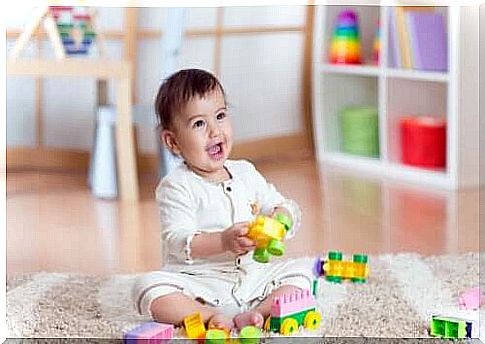
Games to train the motor skills of children between 12 and 15 months
- We will choose a small toy with wheels for us and another for the child (it can be a car, a train, a truck). Once this is done, we will sit on a carpet and push our toy following a path. The child, with his toy, will in turn have to walk the same path. Then. the places will reverse and it will be the adult who will have to follow the path traced by the child. We can also use large cards and draw on them the path that the two half-toys will follow.
- If we use a traction toy that allows the child to stand up to trace the path, we will be working on gross motor skills, as well as strengthening the walk.
- Matryoshkas are also a very useful item to help develop fine motor skills at this age. It will be sufficient for the adult to demonstrate to understand what the game consists of, and then give the child the opportunity to try.
What we have seen are just a few ideas that parents can put into practice to train the motor skills of the little ones at home. Don’t wait until school age arrives to offer them the right stimuli.
